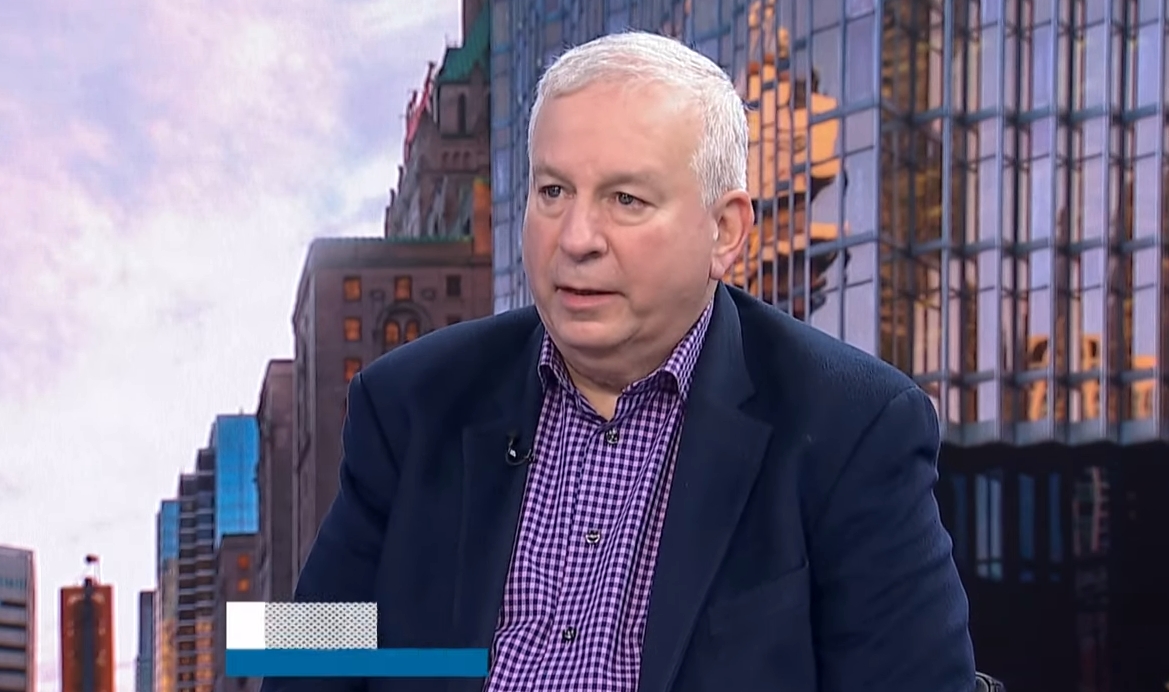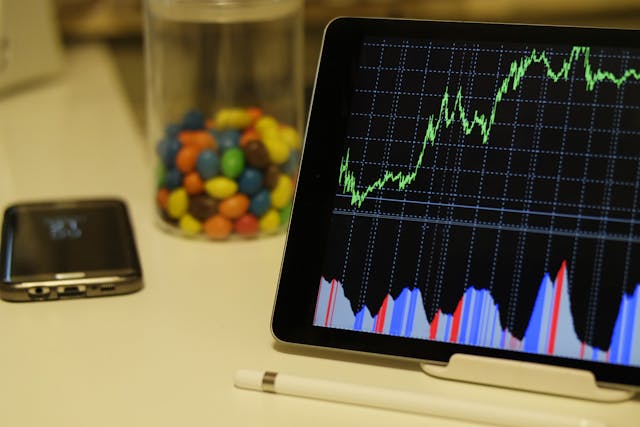On Perseverence
April 13, 2021
Last Thursday, I was being interviewed on CNBC when I was told that
my views were diametrically opposed to the consensus and how the
markets are positioned. To which I exclaimed that it’s been many
years since I was this excited about going against the herd. I did have
just enough airtime to work in Bob Farrell’s Rule #9: “When all the
experts and forecasts agree, something else is going to happen.”
Of course, this was all about the debate over runaway growth and
inflation and the call on the Fed and the Treasury market. I didn’t take
the bait on the stock market as the bubble just gets bigger and bigger,
with the CAPE now pressing against 37x, only surpassed historically
by the late 1990s tech frenzy.
So yes, I am not positioned the way the dominant “Roaring Twenties”
crowd is, that much is for sure. But I have been here before. When I
turned bearish on tech at the height of the bubble back in 2000, my
partners at the time thought I was nuts. In the early months of 2002,
when visions of post-9/11 reconstruction and rebuilding alongside
massive monetary and fiscal stimulus had the bond vigilantes out in
full force, the second half of that year saw a monster Treasury market
rally instead as expectations of Fed tightening swung around to
easing.
The economy was far too fragile as it turned out to withstand
the run-up in market rates, though it wasn’t evident to the consensus
during the winter and spring that year when it looked as though a
classic inventory investment cycle appeared to be taking hold a tad
prematurely. Alan Greenspan actually messaged to the market in
early 2000 that it was in over its skis on the big economic recovery
view — but as is the case now, investors guffawed. And then they
gasped.
But it was during that mania in the mid-2000’s when my resolve was
truly tested. All I had to do was sift through the data and see the
charts to know we had a housing bubble of epic proportions on our
hands. Home price-to-income, home price-to-rent, and residential real
estate/household asset ratios were in the stratosphere. When you’re
talking about one-to-two standard deviation events, you know you are
in major excess.
Leverage, speculation, valuation, sentiment and public participation
all fit the classic definition of a “bubble,” yet — believe it or not — it
reached a stage where I had peeved off so many people by not being
part of the bullish consensus that I was forbidden from using the “B”
word in my published research (we settled for “mania” instead). I
faced multiple internal reviews (including a 360) and internal disdain
for years (the head of the bond desk once threw my chart
presentation at me in anger in a boardroom); I was encouraged to
change my Fed forecast to a tightening in the fall of 2007 (I had
previously quietly slipped in an easing forecast in 2008 in order to
send a message and came out under some pressure) though I
pushed against the view that rates were going higher and I would say
one of my prouder moments in my 35 years in this business — not
ever succumbing to that pressure to have the Fed raise rates since I
had this strong sense that the credit cycle was soon to collapse.
But go back to that period in the summer and fall of 2007, and it was
daring on its own just to not join the crowd in calling for a tighter Fed
and an extended bear market in Treasuries, which was the
overwhelming consensus at the time. I recall being told by one of my
superiors that the equity research analysts were complaining that if
they were to input my economics department’s forecasts on retail
sales, industrial production and housing starts into their own models,
they would be forced to have “sell” recommendations on 75% of the
companies they covered. To which I responded — “maybe they
should.” That didn’t trigger a very warm reaction, to say the least.
It was around that time, I have to tell you, that I was marketing in
Houston and visited a very large mutual fund. I was giving one of my
usual “fire and brimstone” chats and I was loaded for bear and went
through all my housing charts and why it would all end badly and the
only investment worthy of consideration was the long bond. Well,
halfway through my spiel, the CIO stood up, interrupted me, and
shouted, “Rosenberg, I’ve heard enough, you don’t know what you’re
talking about!” Ouch. I quickly said to myself, ”Well, there’s an
institutional investor vote out the window.” There are salespeople
who were there who can vouch for this story; it happened, and all I
left out were a couple of other comments not befitting to be in print.
Those who were there know to this day exactly what I’m talking about.
In any event, it’s probably not as bad as having the Head
of Bond Sales at your own firm do exactly the same thing except the
difference being that he physically threw my chart package at me in
front of about 30 others (I thought it was me who was supposed to
being giving the “pitch”!). And I’ll never forget what he said — “Do you
enjoy being wrong all the time?” Well, truth be told, when push came
to shove, I proved to be spectacularly correct, and he didn’t last at the
firm that much longer.
Look, nobody is right all the time, and nobody is wrong all the time.
And more often than not, it really comes down more to timing, and I
am historically early to a fault. But experience goes a long way in this
business and so it is important to identify bubbles — we have two now,
in residential real estate and equities — and then understand that
excesses will always go further than you think (where we are now) but
that no bubble ever corrected by going sideways (no sense timing it;
just know that it’s out there).
To me, it is fanciful to believe that we come out of the first global
pandemic in over a century into a world of new-found sustainable
inflation. Or that a massive surge in public sector deficits and debts,
producing little more than a short-term sugar high, have assured us
an economic future replete with the “Roaring Twenties” and a
“Goldilocks” economic scenario. The vaccination rollout is
impressive, and the re-opening of the U.S. economy is both welcome
and impressive. But once this so-called “pent up” demand is filled in
the 4% of GDP known as the COVID-19-affected “consumer services”
sector, and once these short-term stimulus checks run out, the
economic emperor becomes disrobed as was the case in last year’s
fourth quarter. While the markets had a 1-2 year time horizon when I
started in the business in the mid-1980s, today it is more like 1-2
months. By July-August, the markets, both stocks and bonds, will start
to see what I already see around the bend.
As for inflation, remember that this is all people talked about, too,
amidst the asset and commodity boom in 2006 and well into 2007 —
there reached a point once the asset and commodity boom turned to
bust where CPI and PPI inflation didn’t really matter anymore (lagging
indicators in any event). And keep in mind that the recession started
nearly two years after the Fed had last touched rates — so sometimes,
these bubbles just end up bursting under the weight of their own
overvalued excess. As Bob Farrell would say, “the markets make the
news; the news doesn’t make the markets.”
So yes, the consensus on inflation, Treasury yields, equity markets
(especially the value trade), “Goldilocks,” “Roaring Twenties,” the Fed
not knowing what it’s doing, is so overwhelmingly one-sided, that I
don’t find it difficult one bit to place the bet in the other direction.
Why? Because “something else is going to happen.” We have until
the summer months to find out what the “something else” will be.
So I’m having that same “gut check” I had in 2000, 2002 and 2007.
The pushback is incredible, I have to say, but it is actually increasing
the intensity of my resolve. All I ask everyone is this — please don’t
throw any chartbooks at me!
Recent articles
Rosenberg Research ©2025 All Rights are Reserved



